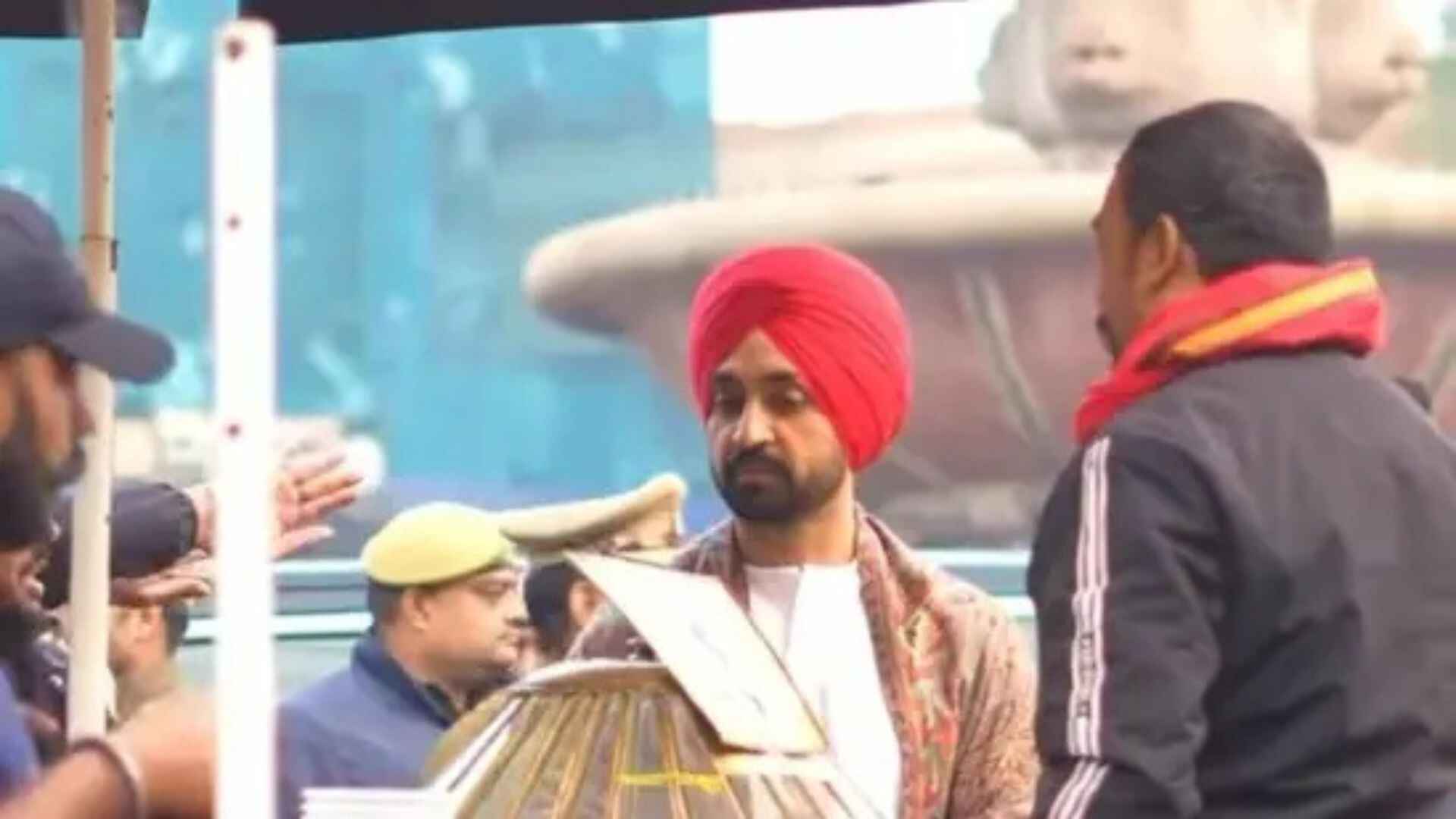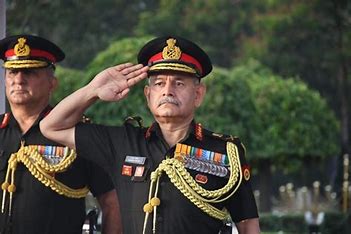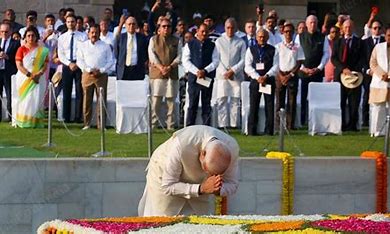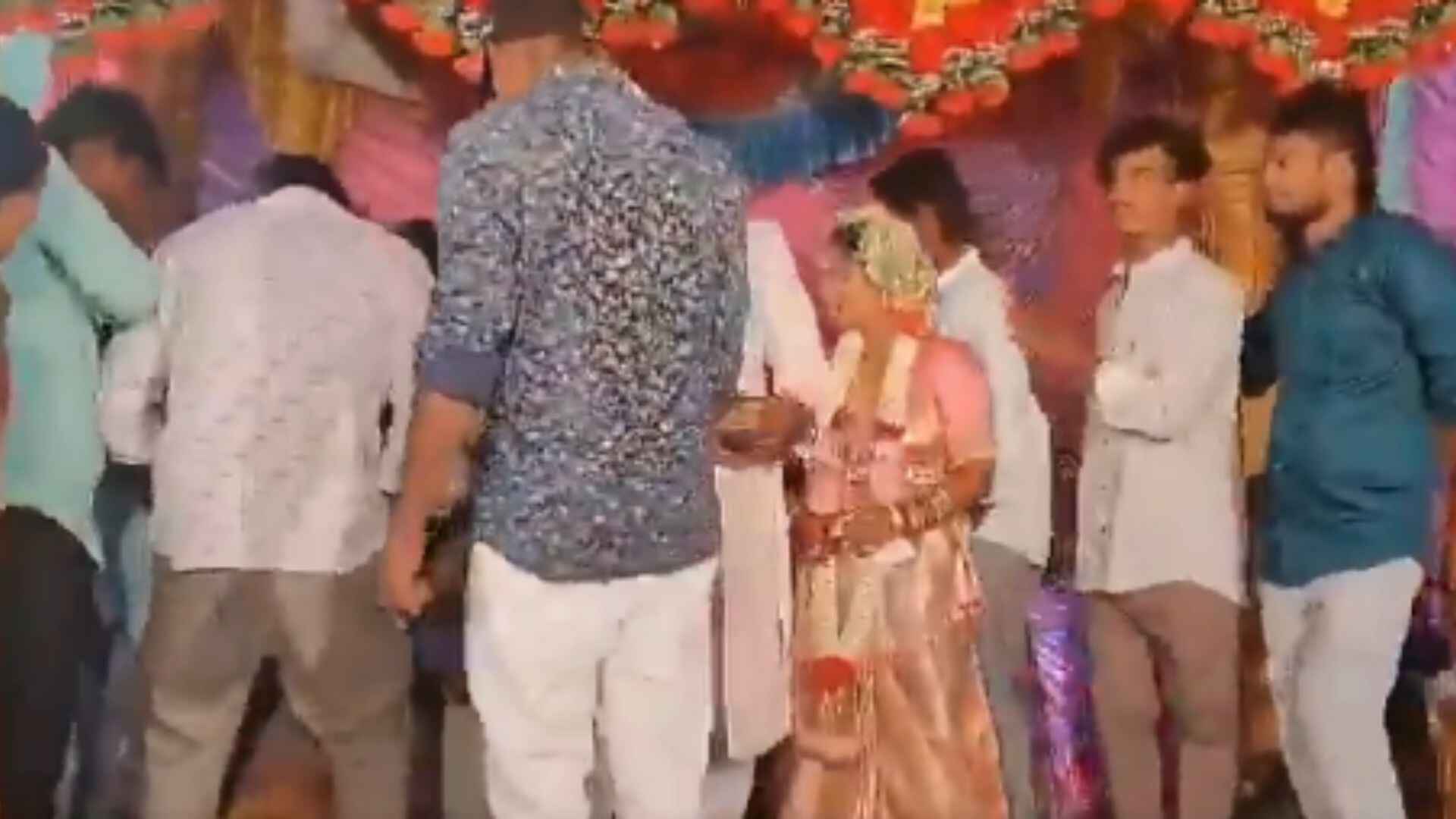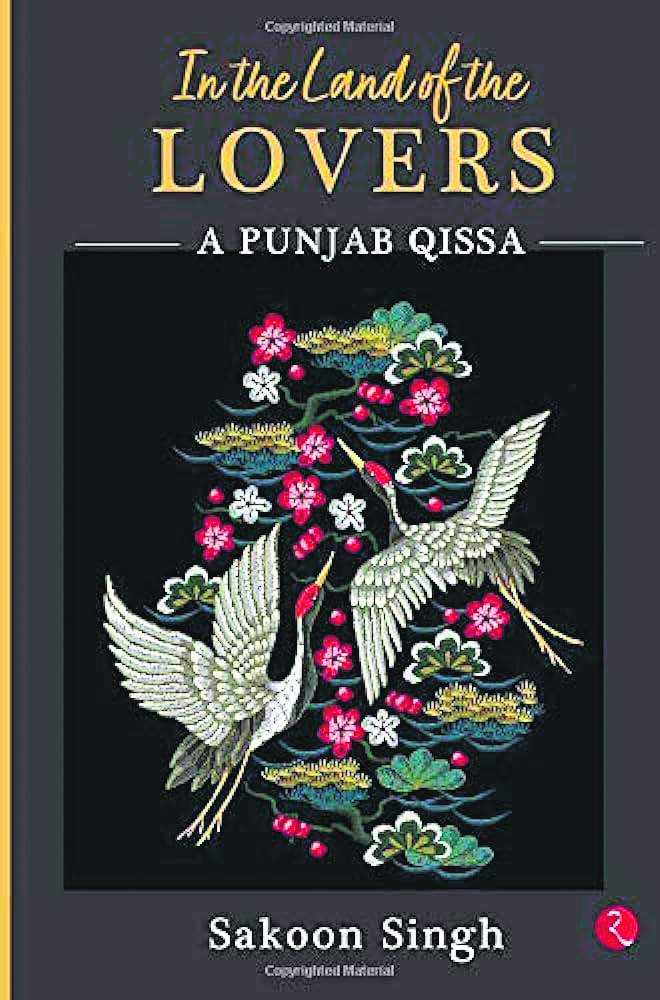
It is not just a book, for a Punjabi and a Chandigarhian like myself, it is a rich tapestry, subtly woven through the stories of endurance of the people of Punjab and how they have risen from the ashes of a trail of tragedies, by the author Sakoon Singh.
Though one should not judge the book by its cover, surely I was hooked to the cover of the book. The flowers and cranes, is a staple motif of every young maiden in Punjab, to embroider it either on their phulkaris or the bedspreads that becomes a part of their trousseau. An art and a way of life which has elapsed!!
The book draws you in pain of partition of Punjab and nostalgia of how Chandigarh romances on Kasauli hills and the references only a Chandigarhian can relate to like Chandigarh Art college, Kasauli Club, Roshan Studio, Punjab Book Centre sector 22, Benetton, farmers market ‘mandi’ or our obsession of with pure binnychinon chiffon dupattas. The bureaucratic snobbishness and class consciousness of society which hailed from different parts of interior Punjab and are now the undeclared elite and custodians of art, culture and couture of the City Beautiful. I second Sakoon’s emotion of calling Chandigarh a city without history or memory, a city which was built to escape the reminiscence of what once was undivided Punjab.
I loved the nuances in Sakoon’s writing and how she has knit stories of struggle, loss and survival of the characters of different generations, who are trying to hold on to the last thread of hope, not only for themselves but the ones around them. She has touched upon almost every challenge, the people of Punjab have struggled against and are still struggling in one way or the other, be it female foeticide, communal riots, drugs, addiction, rehabilitation or the painful memory of partition. The author has immaculately blended the traditional literacy- artistic social satire expressed by the old bhands and marasi community of the region into the socio-political narrative of Punjab.
The Punjab Qissa is like Kaseeda of stories of Punjab which we have all lived, witnessed or heard across generations. After reading the book you will be reminded of a story one such Nanaki, a young girl next door, brought up by her grandparents Nanaji and Beeji after the sudden death of her parents, or one Navneet running a boutique next door who is trying to brush aside the patriarchy by finding her own space to breath, or one Karmo who runs a college canteen but sees her son tries to fight through the addiction of his young son who might never experience the bliss of youth as other college goer, or one SubedarJoginder Singh, who after serving as soldier for half his life, finds solace in the intricacies of colourful threads and patterns his needle could chase and transform it into the sanctuary of love and warmth just like his mother, or one Himmat, a boy who is trying to build new and strong structures, to bury the scar of his wounded childhood.The book echoed with, and is here to stay with me for a long time.Thank you Sakoon for writing this beautiful story of Punjab !!!
Dr Navita Sandhu, LL.M., Ph.D., is a well known educator having vast experience. She is also a motivational speaker and a child and parent counselor. Presently she is working as a life coach. She has authored various articles and published her papers in renowned law journals.
